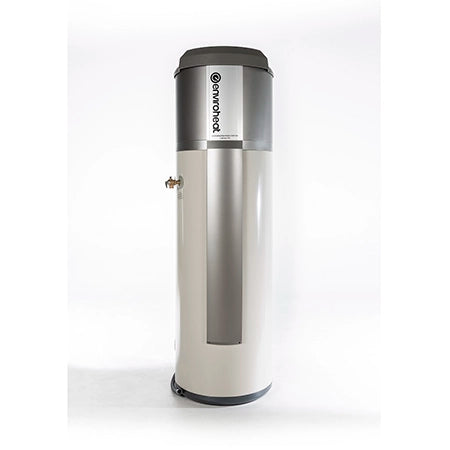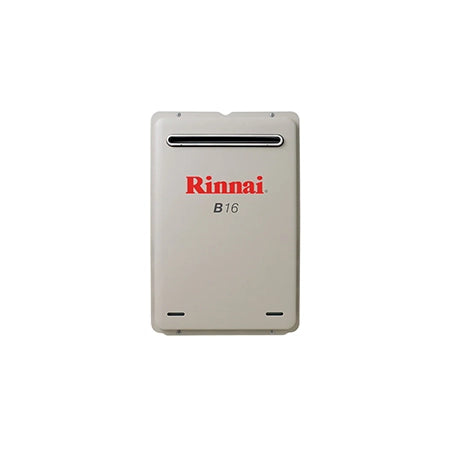Stop That Drip: A Step-by-Step Guide to Fixing Your Toilet Leak
If you’ve discovered a toilet leak, you’re likely seeking a quick fix. In this guide, we go straight to the point, demonstrating how to identify and resolve even the most stubborn leaks without the fluff. Prepare to roll up your sleeves and get your toilet back to peak condition.
Key Takeaways
-
Investigate the source of a toilet leak by checking the base, tank, supply line, and internal components, as each location and symptom can indicate a different issue.
-
Common causes of toilet leaks include deteriorated rubber parts like gaskets and flappers, malfunctioning fill valves, or drainage system complications that may require professional help.
-
DIY leak fixes include replacing a faulty flapper, adjusting or replacing the fill valve, and changing the wax ring to seal the toilet base, but engage a professional plumber if issues persist.
Identifying the Source of Your Toilet Leak
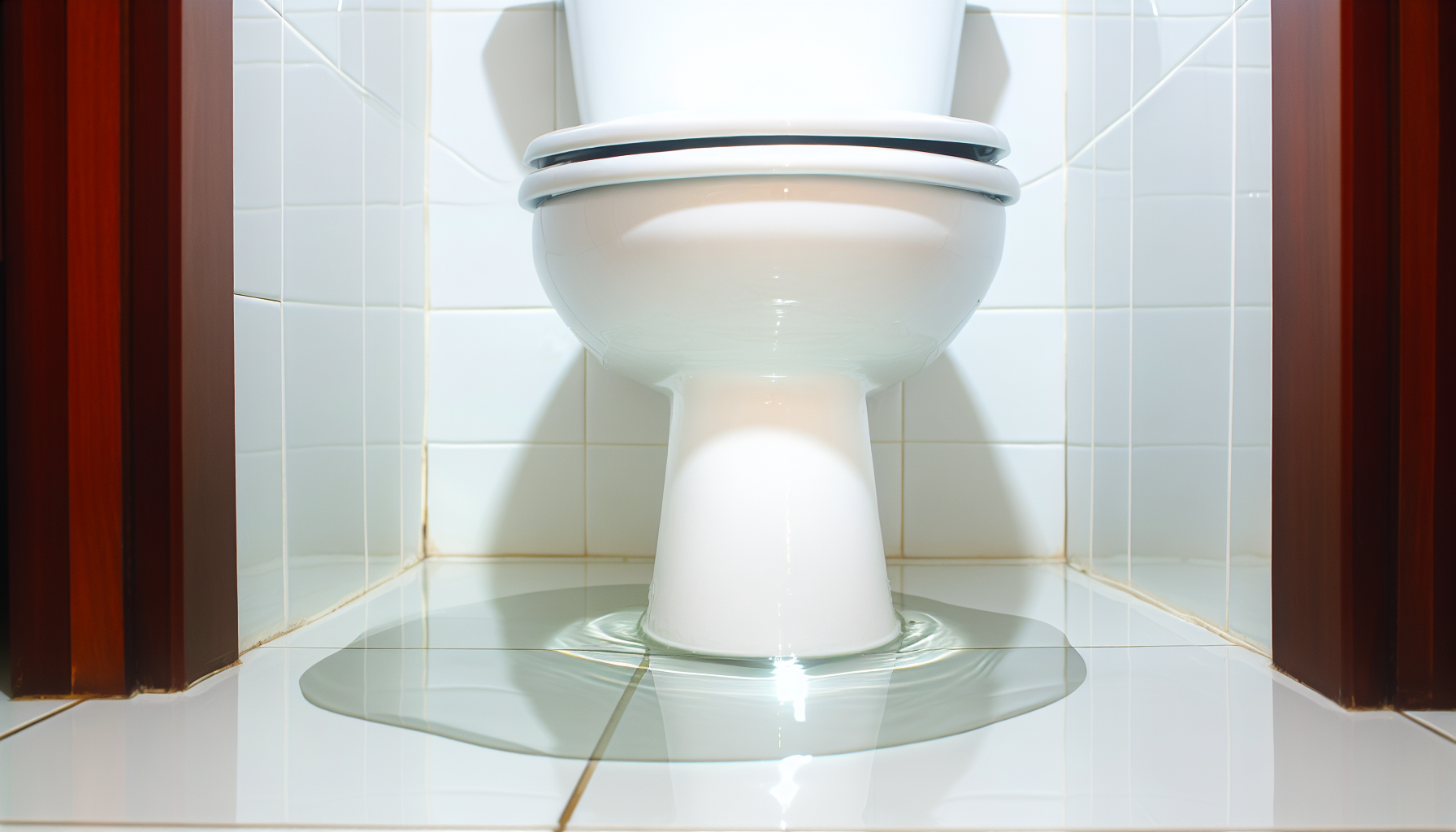
In the case of a leaking toilet, determining the leak’s source is a significant part of the process. Leaks can occur in various places, including:
-
the base
-
the tank
-
the supply line
-
the internal components such as the flapper, inlet valve, and flush valve
Whether it’s water on your bathroom floor or a continuously running cistern, each sign can point towards a different source of the water leaking or potential water leaks.
For example, if the leak occurs at the toilet’s base, it could imply a defective wax seal, while leaks from below could be indicative of more severe issues, such as drainage system complications.
Investigating Water on the Bathroom Floor
Stumbling upon a puddle of water on your bathroom floor? It could be a sign of a leaking toilet, or it could be just condensation. If the water is pooling around the water supply tube, it could indicate a leak from the toilet tank. Be sure to also check for visible cracks in the toilet tank, as these are clear indicators of a potential leak source.
Checking the Water Supply Line
Your toilet’s water supply line, the pipe delivering fresh water into your toilet bowl and tank, can be a source of leaks too. A leak in the supply line might manifest as a puddle behind the toilet, a constant dripping sound, or poor pressure with the tank or bowl not filling properly. These leaks can occur at the shut-off valve, along the line itself, or where the supply line connects to the toilet tank.
Common causes include loose outlet valve fittings, cracked or loose washers and threads, or a cracked supply line, which can often be remedied by tightening fittings or replacing damaged parts.
Inspecting the Tank's Internal Mechanisms
Examining the tank’s internal mechanisms can reveal potential causes of your toilet leak. Some common issues to check for include:
-
The flapper may not seal properly if it’s stuck open, wedged, misaligned, old, worn, or has built-up sediment.
-
Incorrect flapper alignment or a leaky flush valve can result in water leakage into the toilet bowl.
-
A flapper that remains in the open position can cause continuous water flow and may need checking for chain or arm entanglement.
To test flapper valve functionality, follow these steps:
-
Observe its complete lift and resealing post-flush.
-
Don’t forget to inspect the float assembly and fill valve for visible damage, part malfunctions, or misalignment issues.
-
Ensure the fill tube is not overly inserted into the overflow pipe, as this could lead to siphoning and not an actual leak.
The Culprits Behind Toilet Leaks
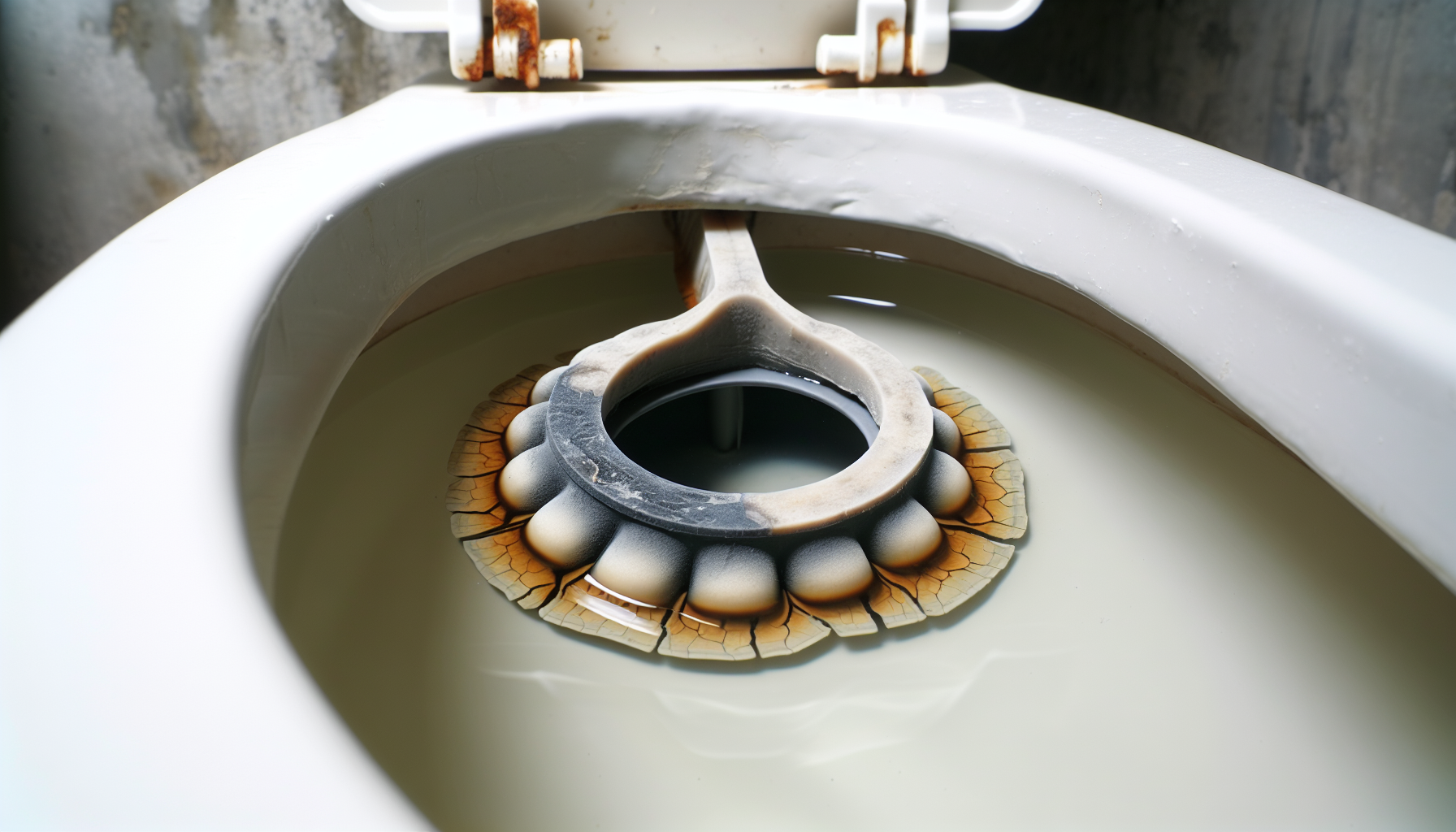
What then are the exact causes of these annoying leaks in our toilets? Well, there are a number of culprits. Chemicals in the water, like chlorine and chloramine, can deteriorate rubber parts like the gasket inside the toilet tank, leading to leaks. Leaks in the upper part of the toilet system can often be traced back to a damaged seal around the flush pipe, necessitating a replacement of the seal. Drainage issues might be at the root of cistern leaks, and these complications often call for a professional plumber's intervention.
Finally, a pool of water around the toilet base could indicate a damaged wax ring or a crack in the toilet tank.
Worn Out Flapper or Seal Issues
Deterioration of the flush valve (flapper) is the most common cause of toilet leaks, as it’s responsible for controlling the release of water from the tank into the bowl. A flapper may not seal properly if it has become aged or rusty, or if sediment has built up on its surface, necessitating either cleaning or replacement.
Leaks can occur if the flapper does not sit correctly on the valve seat, especially if the rubber is no longer soft and pliable, indicating the need for a new flapper. The rubber seal around the flapper can wear out over time, which can cause water to leak from the cistern to the bowl and may require replacement to ensure a watertight seal.
Fill Valve Malfunction
The fill valve, which often works in conjunction with a float valve, is crucial for stopping water when the toilet cistern is full, keeping it about an inch below the overflow tube and preventing overflow. Signs of a malfunctioning fill valve include water on the floor, a hissing sound, or water spurting from the cistern after flushing. It’s essential to check the tank lid for any signs of damage as well.
A fill valve can leak due to a deteriorated seating washer or if it’s loose, improperly adjusted, or incorrectly set, leading to water leakage and cistern overflow.
Sewer Pipe Complications
Clogs or blocks in the toilet can lead to leaks as accumulated pressure forces water out of the base or through seals. Toilet cisterns leaking onto the floor might suggest drainage issues, indicating complexity that may require a plumber's assistance. Slow-draining toilets or dropping water levels without use could signal a leak or blockage associated with sewer pipe dysfunction.
Leaks related to sewer line issues may be symptomatic of larger plumbing problems necessitating extensive repair or full line replacement. And blockages in plumbing vents can disrupt proper water flow, appearing as leaks and typically demanding professional intervention to resolve.
DIY Fixes for Common Toilet Leaks

Having identified the usual suspects behind toilet leaks, it’s time to dive into the solutions! There are a few DIY fixes that can address most leaks, such as replacing a faulty flapper, adjusting or replacing the fill valve, and sealing a leaky base.
Replacing a Faulty Flapper
Often, fixing a leaky toilet begins with replacing a faulty flapper. Before you start, follow these steps:
-
Turn off the water to the toilet at the shutoff valve.
-
Flush the toilet to drain the tank.
-
To remove the old flapper, first disconnect the flapper chain from the flush handle lever.
-
Then, remove the flapper from the overflow tube.
To install the new flapper, follow these steps:
-
Secure the flapper’s ears onto the pegs or the ring over the overflow tube.
-
Attach the new chain to the handle lever, adjusting the length to allow the flapper to seal correctly.
-
After installing the new flapper, turn the water supply back on.
-
Test the seal by flushing the toilet multiple times, ensuring there is no running water which would indicate that the leak is fixed.
Adjusting or Replacing the Fill Valve
A toilet can also leak due to a malfunctioning fill valve. The fill valve is key in maintaining the correct water level in the toilet tank, so ensuring the valve is properly adjusted is essential to prevent leaks. Signs of a malfunctioning fill valve include water on the floor, a hissing sound, or water spurting from the cistern after flushing.
A fill valve can leak due to a deteriorated washer or if it’s loose, improperly adjusted, or incorrectly set, which can lead to water leakage and cistern overflow. If the fill valve is leaking or not functioning correctly, it may need to be replaced. This involves shutting off the water supply at the water valve, draining the tank, removing the old valve, and installing a new one according to the manufacturer’s instructions.
Sealing a Leaky Base
Finally, sealing a leaky base can be achieved by either tightening tee bolts or changing the wax ring. To begin repairing a leaky toilet base, turn off the water supply, flush the toilet to drain the tank and bowl, then check, and if possible, tighten the tee bolts at the base to improve the seal.
If tightening the tee bolts does not stop the leak, remove the toilet from the floor by loosening and lifting it after the bolts have been removed, then scrape off the old wax ring using a putty knife.
When to Call a Professional Plumber
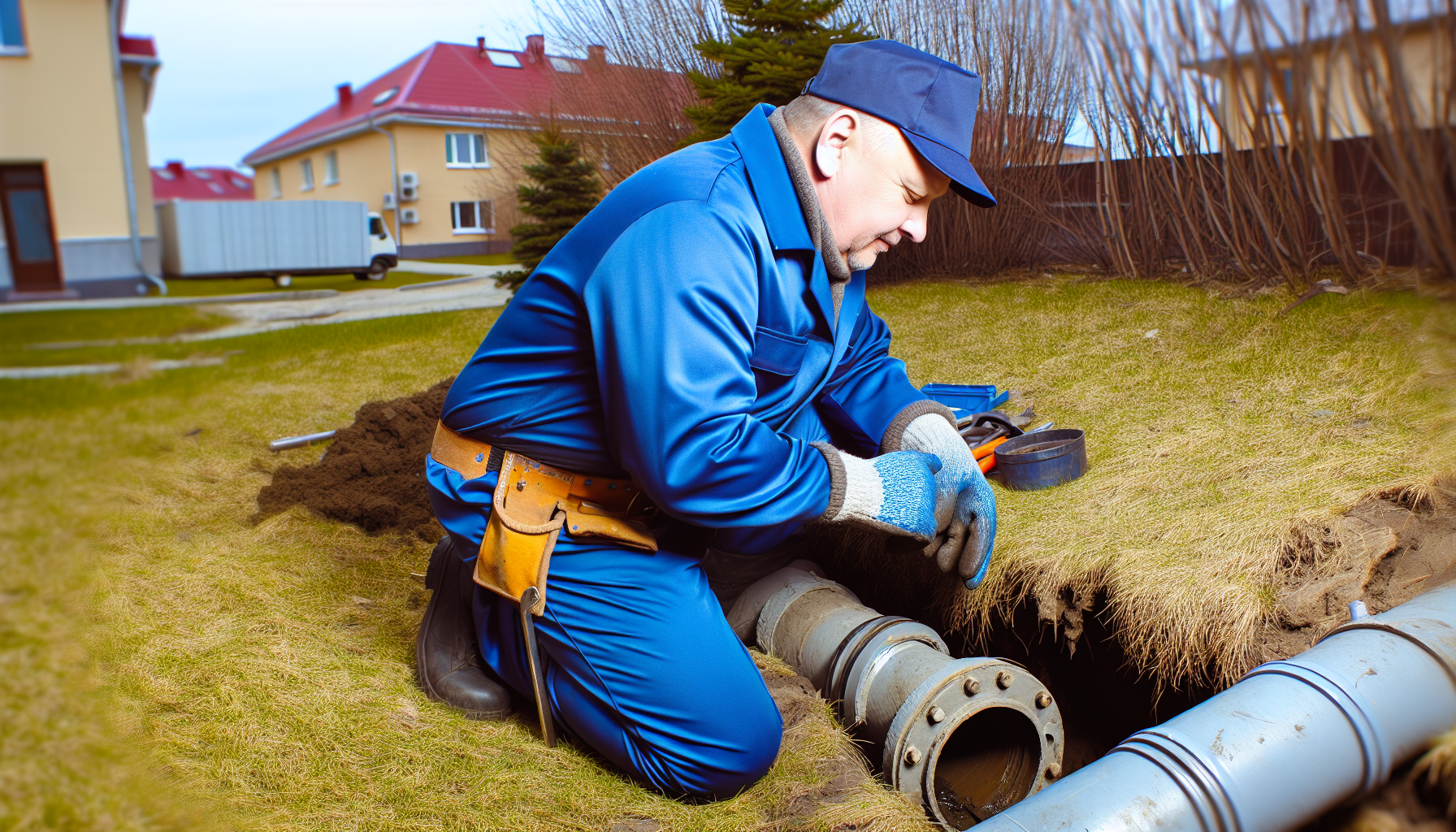
Although many common toilet leaks can be resolved with DIY fixes, there are times when seeking professional help is the best course of action. Rapid, large-volume leaks or a cracked toilet often require complex solutions like replacing the entire toilet. If the origin of a leak cannot be determined after personal troubleshooting or if leaks occur in hard-to-reach places, a professional plumber's specialized equipment and leak detection expertise are needed.
Persisting leaks post-DIY attempts, such as a leaky base after seal replacement or continual issues without clear resolution, indicate the need for a professional plumber's intervention. The benefits of engaging a professional plumber include:
-
Access to higher-quality replacement parts
-
Warranties on workmanship
-
The ability to save time and prevent future frustration by opting for a lasting solution.
Preventative Measures to Avoid Future Leaks
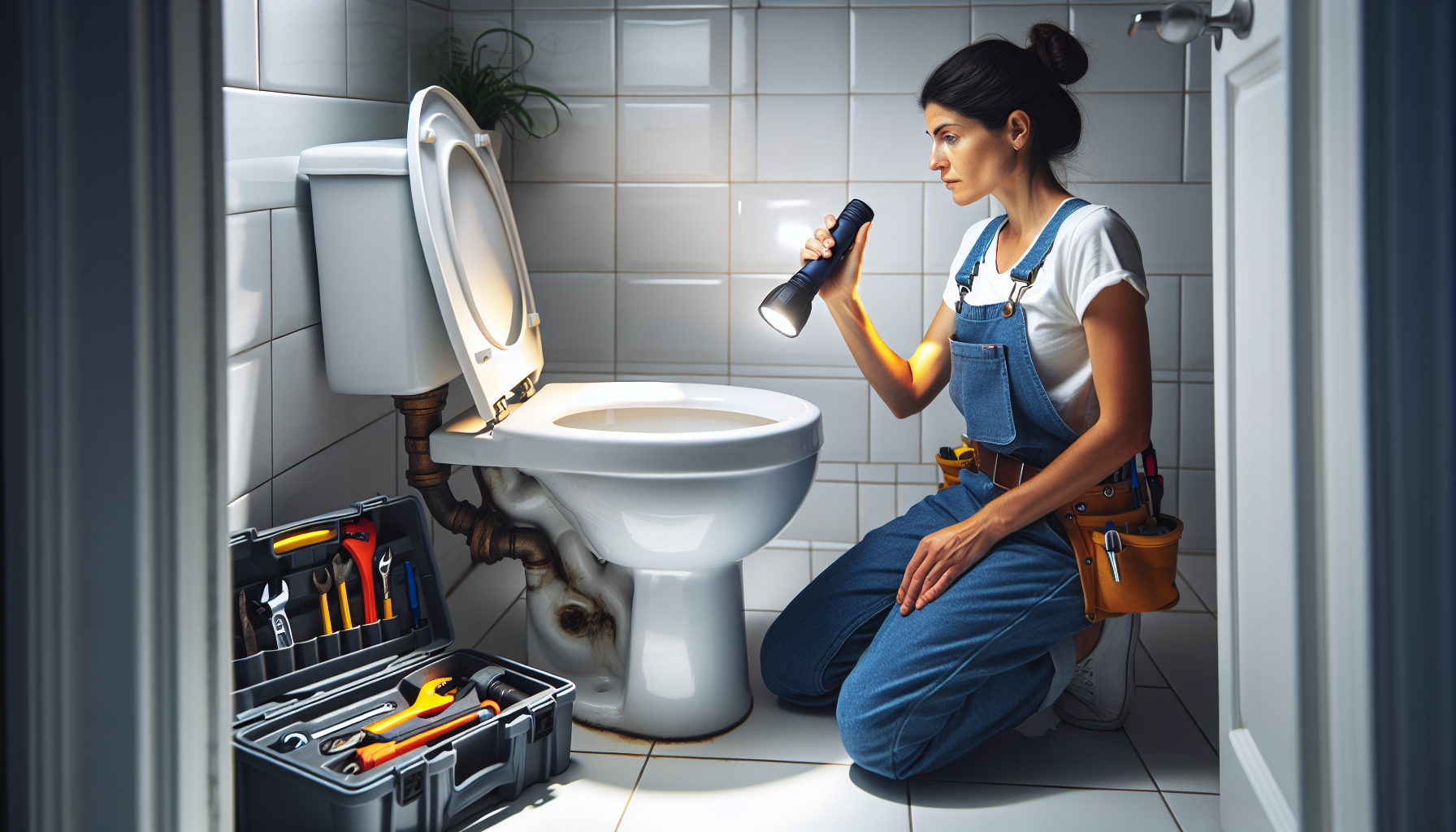
You now possess the knowledge to fix a leaking toilet, but wouldn’t it be better to prevent the leak from happening in the first place? Prevention is better than cure, after all. Regular inspections of the tank’s internal mechanisms can identify early wear, and annual professional checks can help catch small issues before they lead to leaks.
Using food coloring in the tank can offer a simple way to perform frequent checks for leaks between the tank and the bowl. It’s also advisable to avoid using in-tank cleaning products like tablets and harsh chemical cleaners as they can lead to the deterioration of toilet components, such as flappers and gaskets, and damage pipes.
Clear mineral deposits in older toilets by using non-corrosive actions, such as applying penetrating oil into the bonnet and using a water softener to prevent hard water mineral buildup. Ensure that the toilet’s shut-off valve is functional for a quick response to stop water flow in case of a leak.
And finally, maintain regular cleaning of the toilet to avoid clogs, which reduces the risk of potential leaks.
The Right Tools for the Job
Having the right tools at your disposal is critical before embarking on your DIY toilet leak repair mission. Essential tools include:
-
Wrench
-
Screwdriver
-
Cordless drill
-
Toilet auger (typically comes with 3 to 6 feet of cleaning cable and a curved, plastic elbow sleeve to protect the toilet bowl during use)
A toilet repair kit with replacement parts for your toilet pan, such as:
-
flappers
-
fill valves
-
flush valves
-
handles
can also be very useful. And a plastic closet flange is necessary for a secure installation when fixing a leaky toilet base.
Summary
We’ve journeyed through the murky waters of toilet leaks together, learning how to identify the source of the leak, understanding the common culprits, discovering DIY fixes, knowing when to call in the professionals, and how to prevent future leaks. Armed with the right tools and knowledge, you’re now ready to conquer any toilet leak challenge. Remember, a leak-free home is a happy home!
Frequently Asked Questions
How do you stop your toilet from leaking?
To stop your toilet from leaking, you can tighten the tank bolts and replace the tank-to-bowl gasket. Additionally, inspect and replace the inlet valve seal if necessary.
What is the most common toilet leak?
The most common toilet leak is caused by a deteriorated flush valve (flapper) at the bottom of the toilet tank. This can result in water leaking into the toilet bowl, often without being heard.
Why would a toilet leak from underneath?
If you notice water pooling around the base of your toilet, it's likely due to a failed wax gasket that seals the toilet to the floor. Replacing the wax seal should solve the issue.
When should I call a professional plumber?
You should call a professional plumber for rapid, large-volume leaks, cracked toilets, or when DIY attempts fail to resolve the issue. Don't hesitate to seek help for serious plumbing problems.
What are some DIY fixes for common toilet leaks?
Some DIY fixes for common toilet leaks include replacing a faulty flapper, adjusting or replacing the fill valve, and sealing a leaky base. These solutions can help resolve various types of leaks in your toilet.



